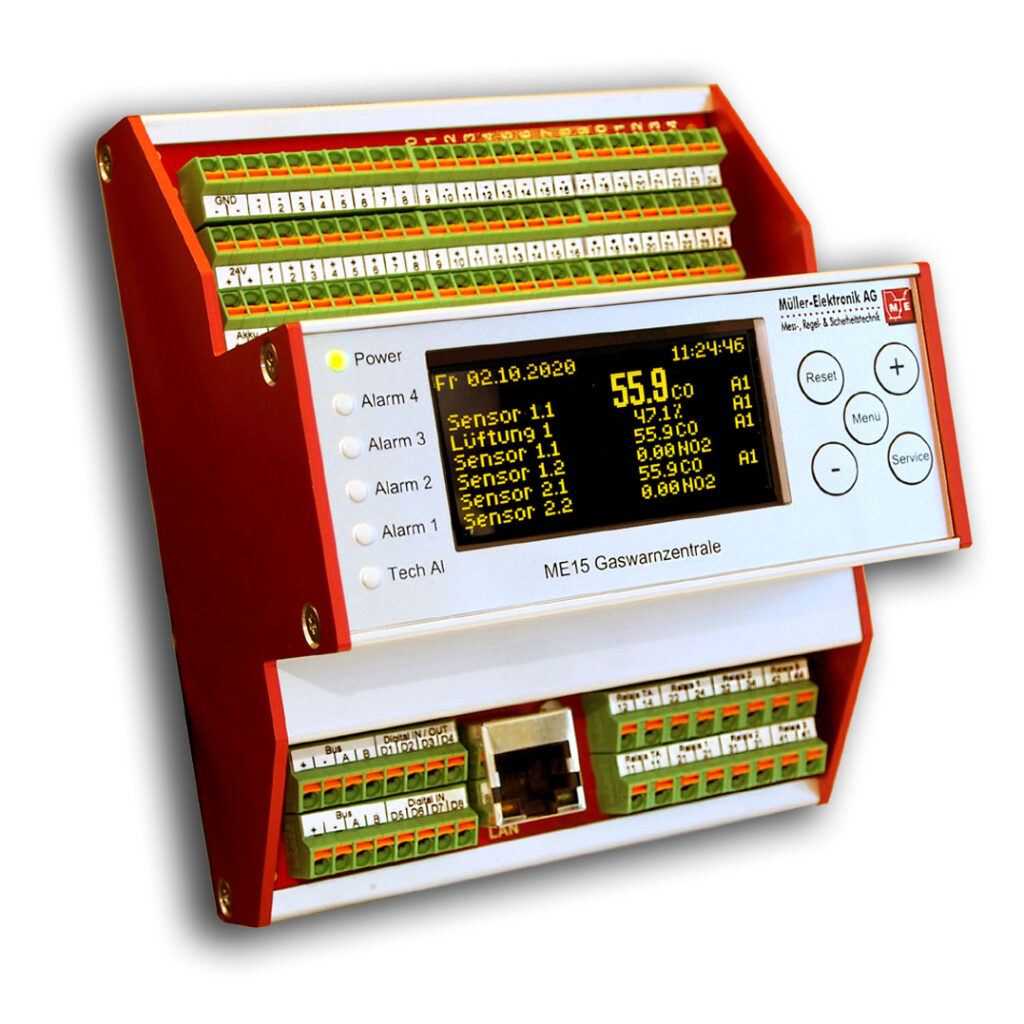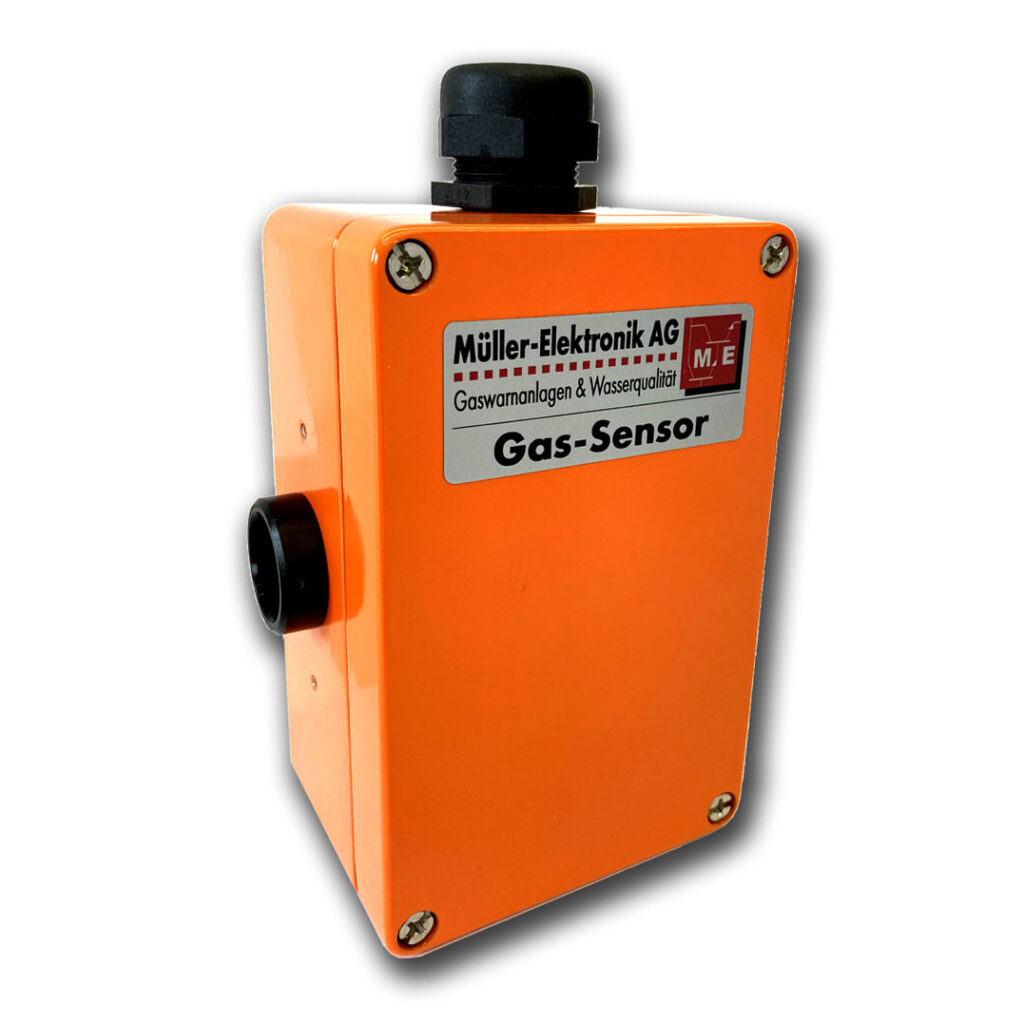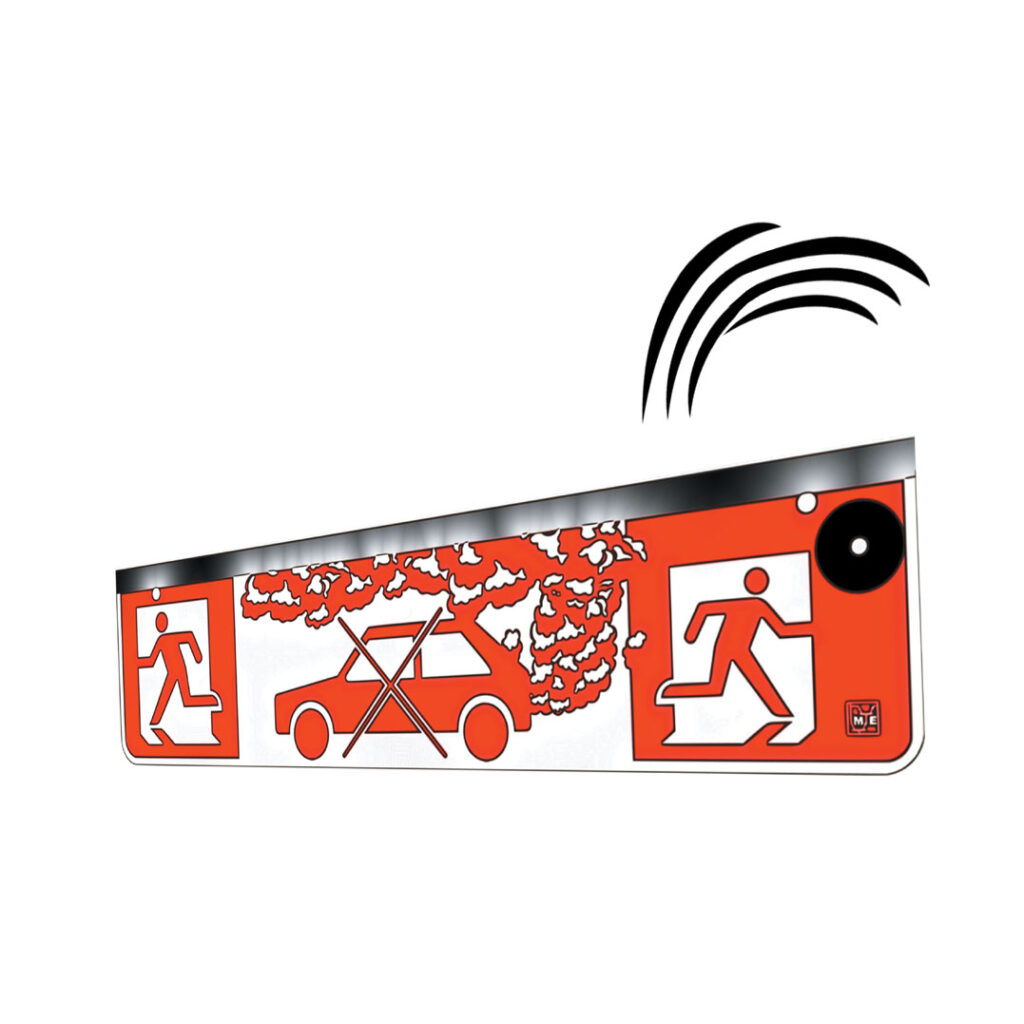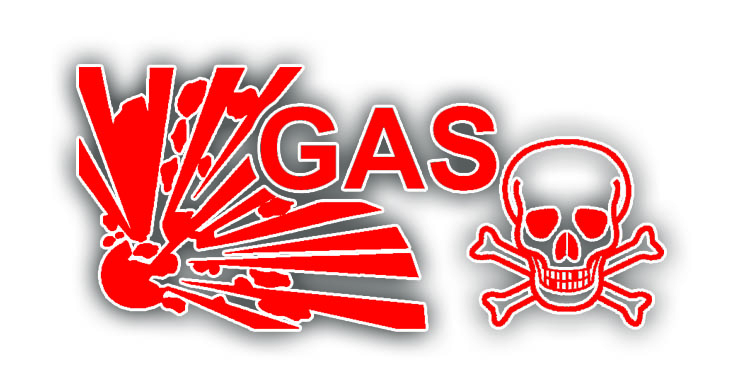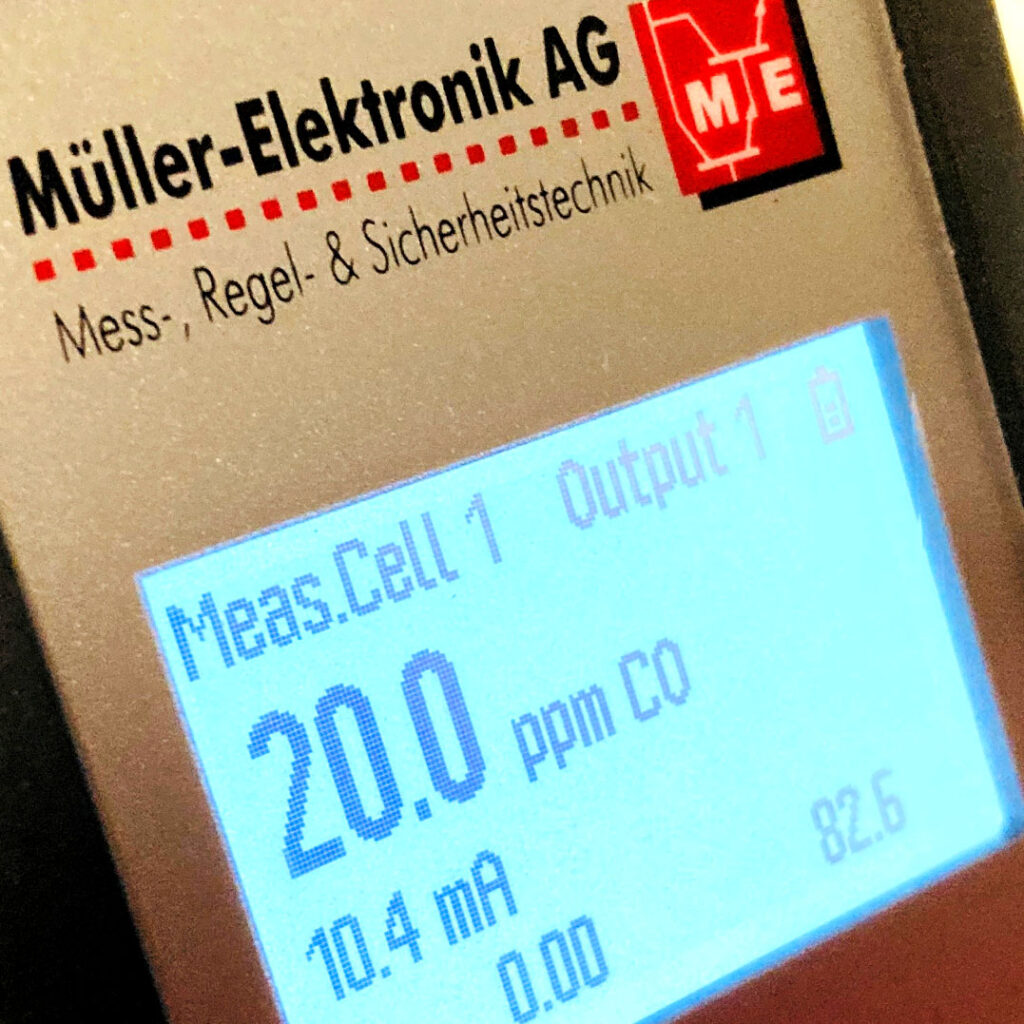A gas warning system consists of a gas control panel, gas sensors and warning signals. The number and positions of the sensors are dependent on the application. For mobile use, there are portable hand-held gas measuring devices.
Gas warning systems are used wherever there is a danger to people, animals or infrastructure. We monitor all explosive (flammable) gases and all toxic (poisonous) gases and vapors. Are you looking for gas monitoring for a gas not listed? Do not hesitate to contact us. With us you will find the right gas warning system for every application.
Müller-Elektronik AG not only supports you in project planning, but also in the operation and maintenance of your gas warning systems.
Function and Structure of a Gas Warning System
A gas warning system consists of a gas control panel, gas sensors and warning signals. The sensors are placed, adjusted and configured according to requirements. The gas control panel evaluates the signals from the gas sensors. It controls warning signals via analogue and digital signals as well as potential-free contacts or triggers automatic measures such as closing valves, controlling ventilation etc. The gas control panel is stationary and permanently monitors dangerous gas concentrations. In this way, the gas concentration can be monitored without endangering people’s health. Gas warning systems are used to monitor flammable (explosive) and poisonous (toxic) gases as well as oxygen deficiency. Normally, the threshold values of the gas warning system are defined in such a way that they alarm before dangerous gas concentrations are formed. Toxic gases are monitored in the ppm range, combustible gases in the lower explosive limit (LEL) range and oxygen in the percentage by volume range.
Gas Alarm
If a dangerous gas escapes, the toxic, explosive or asphyxiating gases are detected by the gas sensors and the measured values are transmitted to the gas control panel. The measured values are shown on the display. If the gas value reaches a defined alarm threshold, the gas control panel triggers the configured actions. With 4 thresholds, a user-defined escalation can be set up and a variety of actions can be triggered. The control of the ventilation system plays a central role and is often defined as the first stage of action. In the case of higher gas concentrations, optical and acoustic alarm signaling devices are activated. Countermeasures can be taken, such as closing ventilation flaps, switching off electrical systems or closing valves to stop the gas supply. At the same time, automatic countermeasures are initiated, such as switching off electrical systems, activating ventilation, etc. If the gas value reaches a certain threshold, additional countermeasures are initiated and the warning signals are also triggered if this was not already done in the first stage. Transmissions to a building control system, a fire alarm system or to the responsible specialist staff can also be triggered via text messaging.
After the Gas Alarm
After the danger zone has been deemed safe by authorized personnel or the fire brigade equipped with hand-held gas measuring devices, the alarms can be acknowledged with the RESET button on the gas control panel. The gas exposure curve can also be read later from the gas control panel in the event memory.
Servicing Gas Warning Systems
A gas warning system must be checked and calibrated at least once a year by a specialist company. The gas measuring cells in the gas sensors are wearing parts and must be replaced regularly depending on the type of gas and gas sensor.



